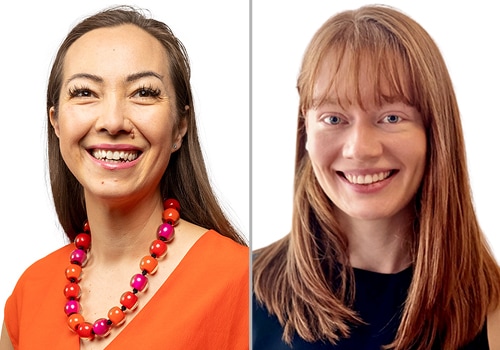In 2020, the global market for DEI—that is, dollars spent by companies on DEI-related efforts such as employee resource groups—was estimated at $7.5 billion and is projected to more than double by 2026. Yet, as just one example, at the current rate it will take another 151 years to close the global economic gender gap at all levels, according to the World Economic Forum (WEF).
To help address this disconnect, McKinsey partnered with WEF to form the Global Parity Alliance, a cross-industry group committed to driving better and faster outcomes for DEI initiatives. From 29 submissions, an independent panel evaluated DEI initiatives and found eight Lighthouses—those that resulted in significant, quantifiable, scalable and sustainable impact—and uncovered what their common success factor were.
The panel of leaders from across the world brought various expertise gained from different sectors, and they identified five factors (detailed below) highlighted in the Diversity, Equity and Inclusion Lighthouses 2023 Report. The report was presented at a DEI event at Davos, hosted by McKinsey and led by senior partner and director of McKinsey Global Institute, Kweilin Ellingrud. She and McKinsey associate partner Stephanie Madner, who worked on the Lighthouses initiative, discuss the five success factors, the reaction to the report at Davos, and what’s next for DEI.

What do we mean when we say DEI in this report?

Kweilin: It was a very broad focus—gender, race, LGBTQ-inclusive. But we also had groups we don’t hear about as often, such as neurodivergent communities, and people with disabilities. And it was completely global, not just North America.
How did the independent panel identify the successful Lighthouses and the five success factors?
Stephanie: The five key success factors were distilled from the evaluation process, not determined ahead of time as criteria. They’re intended to be a guide for how to design and steward DEI initiatives for success. For instance, factor two, ‘meaningful definition of success,’ came from Lighthouses such as Schneider Electric, which made the clear goal to roll out their Global Pay Equity framework to 95 percent of their employees by 2020 and aimed for the pay gap not to exceed 1 percent for all employees by 2025.
Kweilin: The panel looked for programs that were not short spurts, but initiatives that continue to deliver impact over time. This helped identify the fifth factor—‘rigorous tracking and course correction.’ For example, Randstad measured the effectiveness of its Hire Hope program by monitoring learner success throughout the program. In the first phase, it tracked if participants gained specific skills and in the last phase, it tracked if participants secured and held a full-time job. Randstad also collected feedback through check-ins at regular intervals, resulting in increased support measures, such as offering childcare and professional clothing.
So many organizations say, ‘Give me inspiration. Show me that this is possible.’ Well, here it is.
What is the right mindset for companies looking to embark on a DEI journey?
Kweilin: You wouldn't expect a lift in profitability without systematic focus, getting to the root cause, tailoring your solutions, and then driving accountability in terms of metrics. You have to apply those same business principles to DEI, and I think the Lighthouse examples helped dispel the idea that this can be done successfully without that commitment.
Stephanie: First, know that you’re part of a global community working on this. So many organizations say, “Give me inspiration. Show me that this is possible.” Well, here it is! Second, know that it’s not just about the program itself. This work often starts with becoming aware of unconscious biases that persist in industries traditionally led by white men.
Which Lighthouses stand out to you personally?
Stephanie: I was inspired by the approach of a consumer cosmetic company that held senior business leaders accountable for improving their ratio of women managers and leaders. The program’s results factored into leaders’ performance metrics and were tied to their compensation. This created an incentive to transform work policies to be more inclusive, redesign talent processes, and offer targeted upskilling. The CEO directly contributed to efforts by promoting the training program and coaching participants. The company saw the impact of this deep commitment with roughly 24 percent increase in the ratio of women leaders from 2017 to 2022.
Kweilin: I loved the diversity of communities represented. For example, one organization completely redesigned their recruiting process and career paths to be more supportive of neurodivergent candidates—and it was championed by a neurodivergent senior leader. Another was focused on women who had experienced violence in their personal lives. The program helped them with job training, interviews, and placement in high-quality jobs, allowing them to build financial independence and a stronger sense of self.
These DEI lighthouse examples, and many others, help us raise the bar on what is possible and what we can all do, both within our organizations and beyond.
